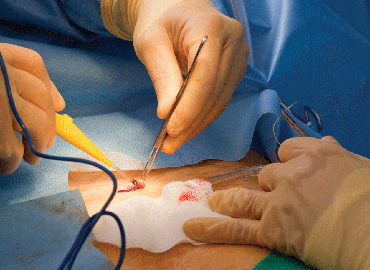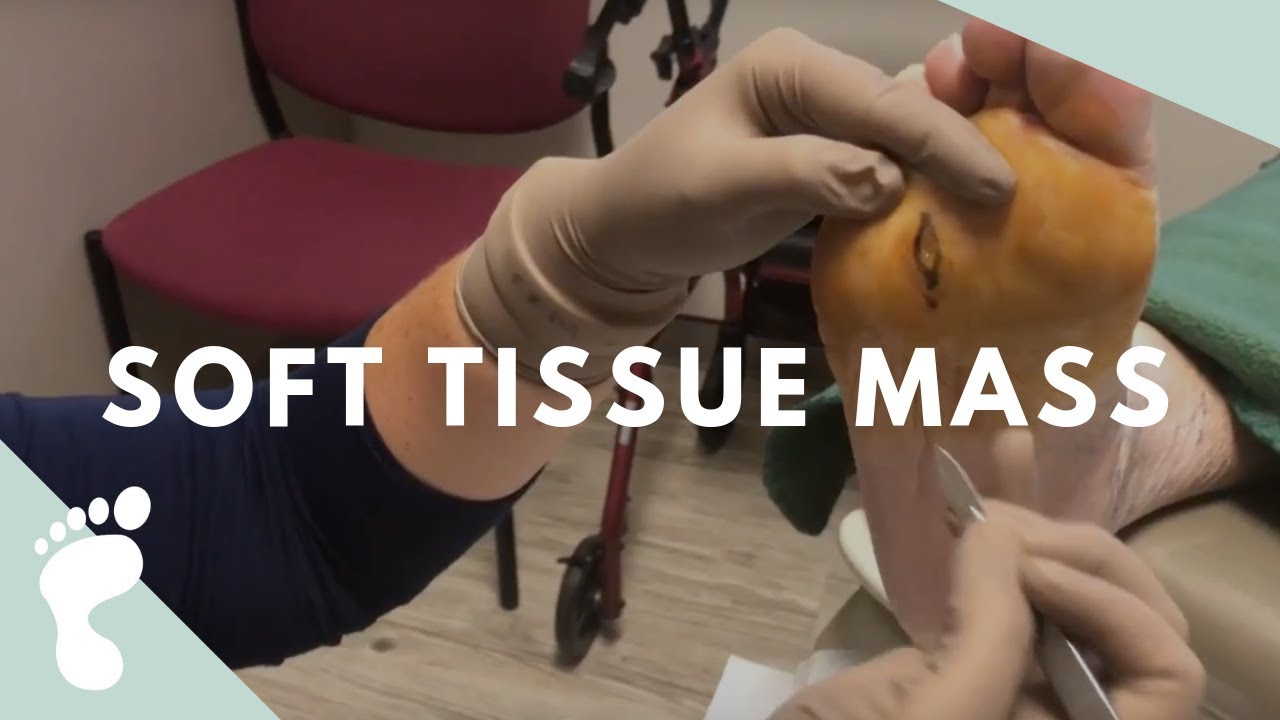A cyst is a sac-like pocket of tissue that contains fluid, air, or other substances. Cysts can occur anywhere on the body, including the back. They’re often benign (noncancerous), but they can become infected.
The cpt code for removal of cysts on the back and subcutaneous tissue in an office setting is 11400. This code is used when a surgeon removes a small, benign cyst from the patient’s back. The procedure is typically performed in an outpatient setting and does not require hospitalization.
Cysts are abnormal, sac-like growths that can occur anywhere on the body. They are usually filled with a thick, sticky fluid that may be clear, white, or yellowish in color. Cysts can range in size from tiny (pea-sized) to large (tennis ball-sized).
While most cysts are benign (noncancerous), some can become cancerous if left untreated.
The CPT code for removal of cysts on the back and subcutaneous tissue is 11100. This code is used for the removal of simple or single cysts.
The surgeon makes a small incision over the cyst and then drains it of its contents. The area is then cleaned and closed with sutures or surgical tape.
If you have a cyst that needs to be removed, talk to your doctor about your options.

Credit: www.aapc.com
What is the Cpt Code for Sebaceous Cyst Removal from Back?
A sebaceous cyst is a small, round bump that typically appears on the face, neck, or back. These growths are not cancerous and do not usually cause any pain or discomfort. However, they can become irritated if they are constantly rubbed or scratched.
In some cases, sebaceous cysts can become infected, in which case they may need to be removed by a doctor.
The CPT code for sebaceous cyst removal from the back is 11400. This code includes the removal of both benign and malignant growths.
The procedure is typically performed under local anesthesia on an outpatient basis.
What is Procedure Code 11406?
Procedure code 11406 is used to report the removal of skin cancerous lesions. The lesion must be at least 2 centimeters in diameter and located on the trunk, arms or legs. This code can also be used to report the removal of noncancerous lesions, such as moles or birthmarks.
What is the Cpt Code 10160?
CPT code 10160 is a medical code used to describe a procedure known as debridement of skin and subcutaneous tissues. This code is used to report the removal of dead, damaged, or infected tissue from the surface of the skin or from beneath the skin. Debridement may be performed using various methods, such as sharp instruments, enzymes, or mechanical means.
What is Procedure Code 21931?
Procedure code 21931 is a medical code used to indicate the removal of a bone spur from the spine. This procedure is also known as an osteophyteectomy. Bone spurs are bony outgrowths that can form on the bones of the spine, and they can cause pain and other problems if they press on nerves or other tissues.
Watch & Learn: Lipoma excision
Cpt Soft Tissue Mass Excision Foot
A soft tissue mass excision is a procedure to remove a mass or tumor from the body. This type of surgery is typically performed on the foot, although it can be done on other parts of the body as well. The goal of this surgery is to remove the mass completely while preserving as much healthy tissue as possible.
There are several different types of soft tissue masses that can be found in the foot. The most common type is a lipoma, which is a benign (noncancerous) tumor made up of fat cells. Lipomas are usually slow-growing and painless, but they can sometimes become large enough to cause pain or problems with walking.
Other types of soft tissue masses include fibromas, neurofibromas, and leiomyomas (smooth muscle tumors).
Most soft tissue masses can be removed using local anesthesia (numbing medicine injected into the foot). In some cases, however, general anesthesia (you will be asleep during the surgery) may be needed.
The surgeon will make an incision over the mass and then carefully remove it. Depending on the size and location of the mass, you may need to stay in the hospital overnight for observation or have your stitches removed in 1-2 weeks.
After your surgery, you will likely have some swelling and bruising around your incision site.
You will also need to keep your foot elevated as much as possible for at least 48 hours after surgery to help reduce swelling.
Conclusion
The CPT code for removal of cysts on the back and subcutaneous tissue in an office is 11402. This procedure is typically performed by a dermatologist or plastic surgeon and involves the use of a local anesthetic. The cyst is then excised with a scalpel and the wound is closed with sutures.
